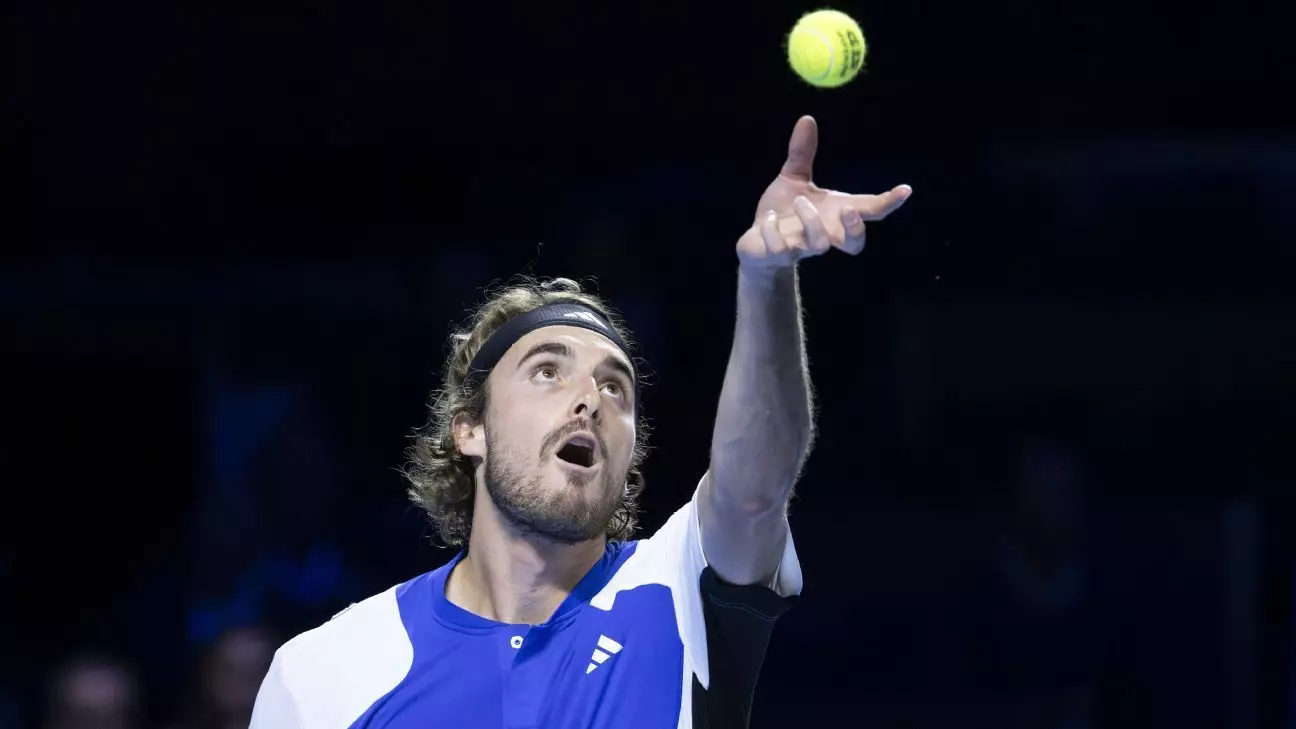The ATP Masters 1000 tournaments play a crucial role in professional tennis, providing players with valuable ranking points and substantial prize money. However, the current model of two-week events has garnered criticism from notable players, including Stefanos Tsitsipas, who argues that this extended format detracts from the overall quality of the competitions. Tsitsipas emphasizes that the demanding schedule does not allow players adequate recovery time between matches, leading to a decline in performance levels. Instead of enhancing their skills during this time, players find themselves continuously in a cycle of matches, limiting their ability to recover and train effectively.
In a recent decision by the ATP, it was announced that seven Masters events will transition to a 12-day format starting in 2025, a choice that has not sat well with many athletes. Tsitsipas has voiced his dissent, labeling this move as a regression in tournament structure. He articulated his concerns on social media, highlighting that such arrangements are counterproductive to the players’ well-being, as they compromise the necessary balance between competition and recuperation. Players need downtime to build strength and address any injuries that might arise during the season; however, the current event scheduling fails to accommodate this need.
Tsitsipas is not alone in his critique. Other prominent athletes like Carlos Alcaraz have echoed similar sentiments regarding the grueling tennis calendar. Alcaraz mentioned the challenges of maintaining motivation amidst a saturated schedule, which exacerbates the risk of injuries. He spoke candidly about how the tight calendar can lead to a lack of enthusiasm, which is detrimental to both the player’s mental and physical health. The pressures of availability for consecutive tournaments can induce stress and fatigue that not only affect performance but also long-term career sustainability.
Moreover, Alexander Zverev shared an interesting perspective on the implications of the two-week Masters events for different ranks within the professional tennis hierarchy. While players ranked lower may benefit from increased opportunities to compete, those in the top ten often find themselves overwhelmed by the intensity of the schedule. Zverev pointed out that although players are technically given a day off between matches, this does not equate to true rest, as they are still away from their homes and under constant pressure from the demands of tournament progression.
In light of the growing discontent, it seems prudent for the ATP to reevaluate its tournament scheduling practices. With player health and performance being at stake, a comprehensive approach that includes both adequate recovery time and the flexibility to adapt to personal needs is vital. The restructuring of event formats could lead to healthier players who are better prepared to deliver high-quality matches. Ultimately, prioritizing player well-being may prove to be beneficial not just for the athletes but for the sport as a whole, ensuring longevity and sustained enthusiasm in their careers.


Leave a Reply